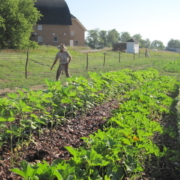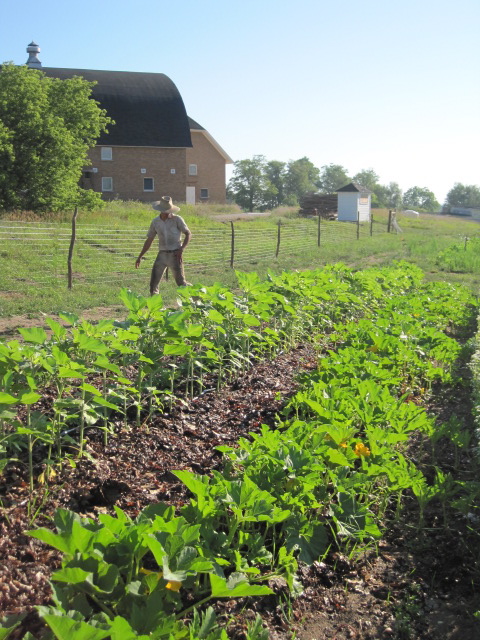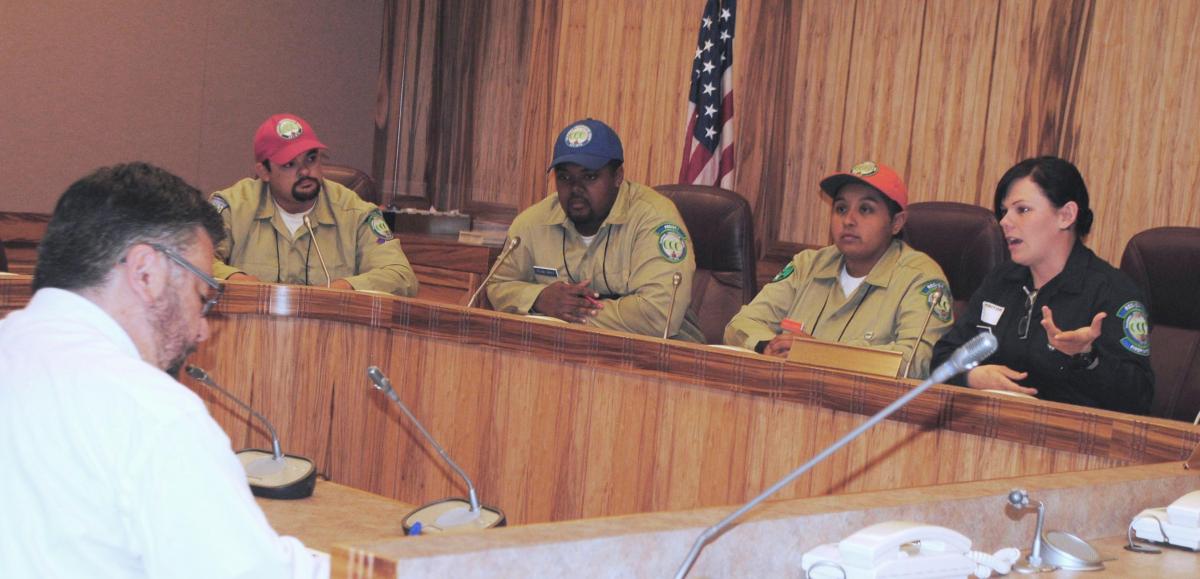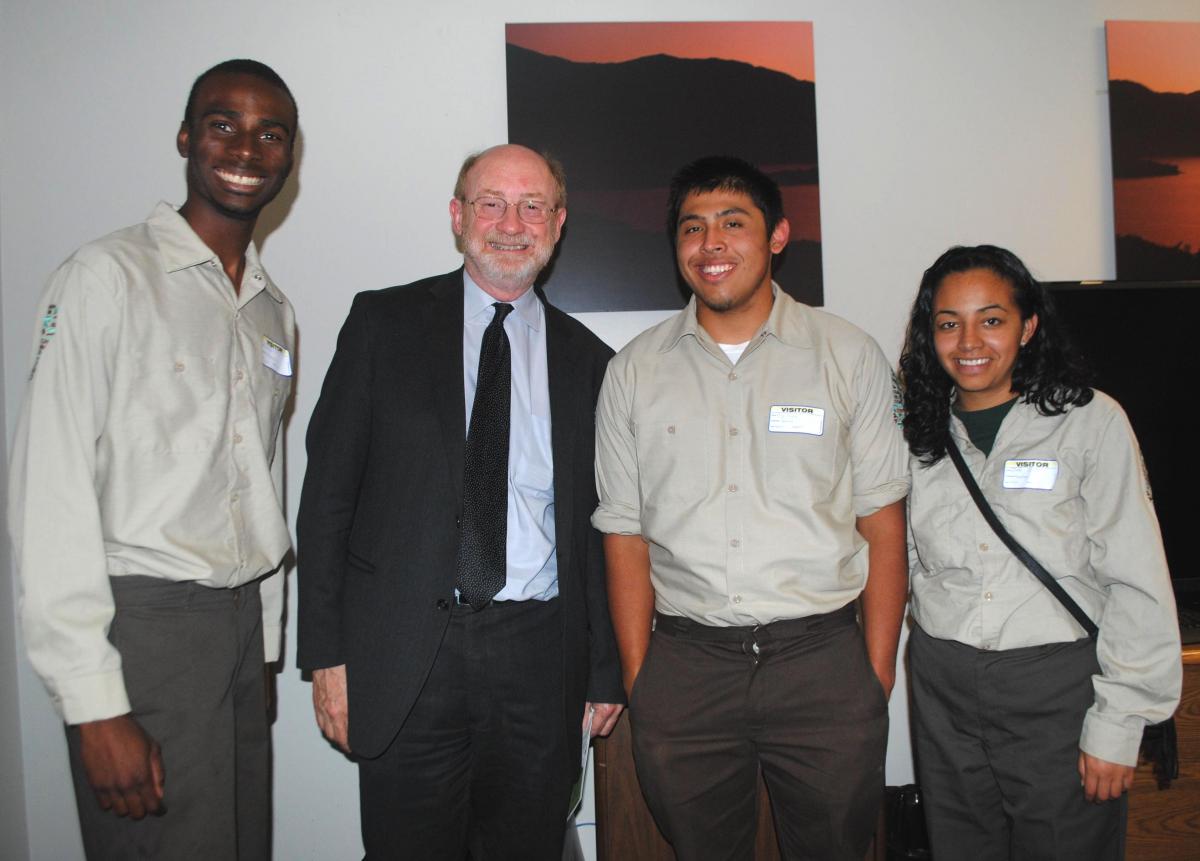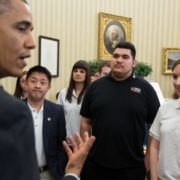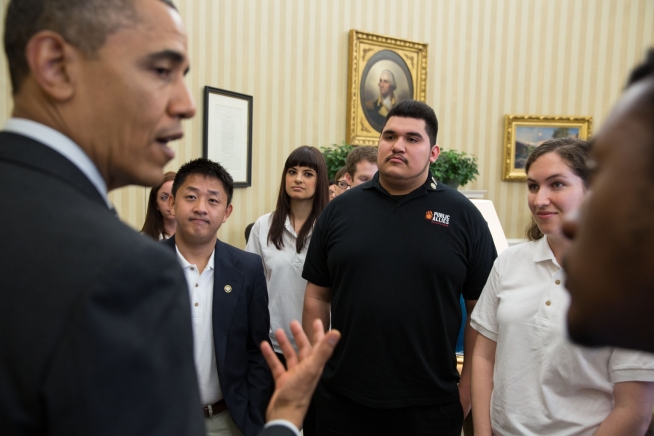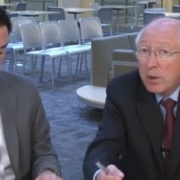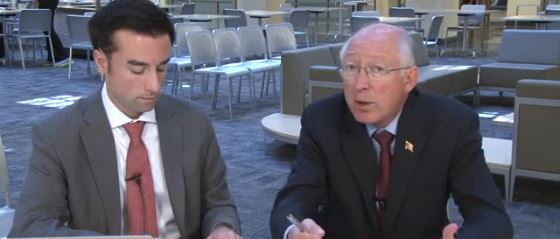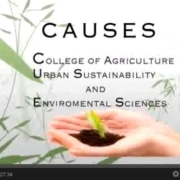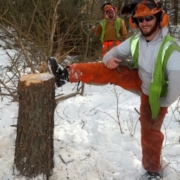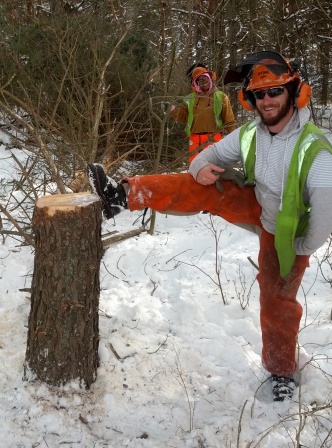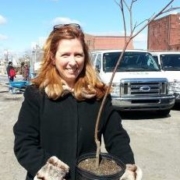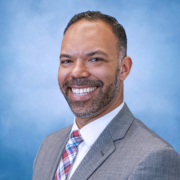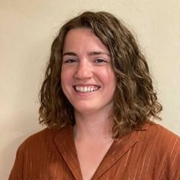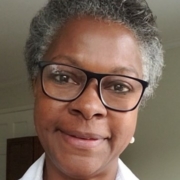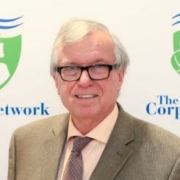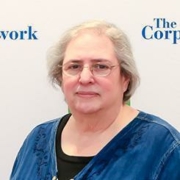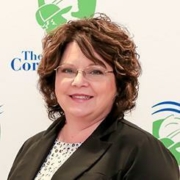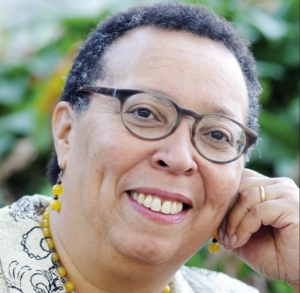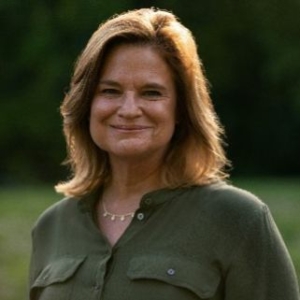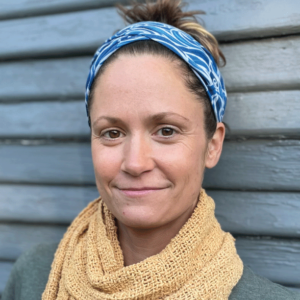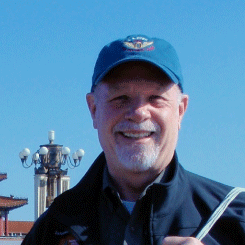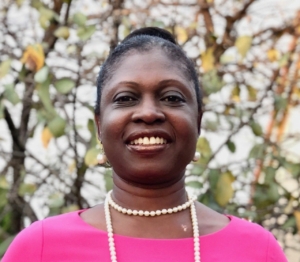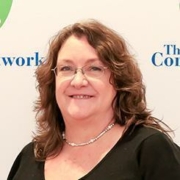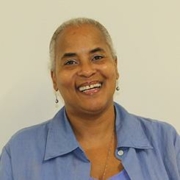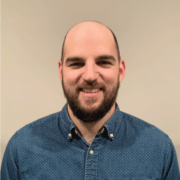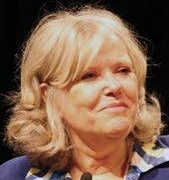

The General Education Development (GED) test has for decades been the most commonly accepted alternative to a high school diploma. Developed in the 1940s as a way to help World War II veterans complete the requirements needed to move on to college, GEDs have now been awarded to over 18 million people. The test has proven to be an excellent tool for adults who may have dropped out of high school many years earlier; the average age of test takers is 26. The market for the GED and other high school equivalency certificates has grown recently along with increased dropout rates (especially among minority populations), and as the changing job market has forced older Americans to improve their education in order to find employment.

After a major overhaul process, a new GED test with different content and a different format will be administered starting in January 2014. This change could create serious obstacles for many low-skilled and low-income adults throughout the country. The new test will be more difficult, more expensive, and will likely be offered in fewer locations. Read below to learn the specifics of how the GED is changing, why these changes raise concerns for educators, and how states and counties are addressing these concerns. Information taken from The Working Poor Families Project policy brief, “Preparing for the New GED Test: What to Consider Before 2014” (Fall 2012).
Why is the GED test changing?
The American Council on Education (ACE), the nonprofit organization that has developed and administered the GED since its creation, believed that the current test content did not reflect the skill level needed for college or competitive jobs. There was a desire to bring the test in alignment with the Common Core State Standards Initiative, and thus keep the test in step with the country’s increased focus on postsecondary education. ACE also wanted to update the test so it could be taken on computers rather than on paper. In 2011, ACE created a partnership with Pearson VUE, a for-profit testing company, in order to develop a new exam that would test for the skills colleges and employers now expect from competitive applicants.
What does the current GED test look like?
The current test is comprised of tests in 5 subject areas that, when passed, certify that the test-taker has high school-level academic abilities. Tests are administered at official GED testing centers. Usually, the tests are taken over the course of a few weeks or months (it would take over 7 hours to complete them all at once). The 5 tests include:
- reading
- writing
- math
- science
- social studies
What will the new GED test look like? – starting January 2014
CONTENT
The new battery of tests places a greater emphasis on writing ability and critical thinking skills. There will be four tests covering the following subject areas:

- literacy
- math
- science
- social studies
**(writing skills will be assessed in multiple tests, eliminating the need for a separate writing test)
TEST TAKING
The new test will be administered on computers. The old paper and pencil tests will only be available for students with disabilities.
SCORING
There will now be a two-tiered scoring system resulting in two different types of certification. There will still be a certain passing score for each test that indicates general high school competency. But, students that score well on college readiness aspects of the test will also receive credentials that indicate both high school equivalency and college readiness.
What concerns do educators have about how the GED test changes could affect low-income, low-skilled adults?
COST:
- The current computer-based GED test costs about $120 for testing centers to administer; this is moderately or significantly more than the standard fee for the paper and pencil test.
- While some states set the fees for GED tests or cover the test costs completely, other states allow testing centers to determine the price of the tests based on their operating costs and what kinds of subsidies they receive. As subsidies decrease and testing centers must invest in new equipment to administer the tests, there is concern costs could be passed on to test takers in the form of exam fees.
- Since the new test will be taken by computer, GED Testing Service will assume total responsibility for test scoring and record keeping (a task usually managed by states). Some fear that having a central repository for all GED test records could make it more difficult and costly for test takers to receive their certificates and transcripts.
- All new test content means test prep centers and adult education providers will need to invest in new materials and professional development. This could mean increased prices for prep services.
- Many states have subsidized the cost of the GED test, but there is concern that this could stop due to prohibitions of public agencies subsidizing for-profit companies (such as Pearson VUE, the test taking company now partnered with ACE) without competitive bidding.
- There is concern that Pearson VUE, as a for-profit company, has the ability to increase the test cost whenever they want.
COMPUTERIZATION
Now that the test will be administered solely on computers, adult education providers will need to provide instruction in computer literacy. This will take more time and resources and could prove very difficult for test takers and education providers with limited or no access to computers.
AVAILABILITY OF TEST CENTERS
The new test will be available at Pearson VUE test centers, which are generally far less numerous than the state-managed test centers that currently provide the exams. Existing state testing centers will be authorized to administer the test if they have the resources (computers) and capacity to do so. Fewer testing centers poses a challenge for test takers in rural areas and for those without transportation.
IMPACT ON CURRICULUM & TEST PREPARATION METHODS
- Studies show that about half of all GED test takers prepare for the exams on their own instead of participating in adult education programs. With the increased rigor of the exam, more students will probably need to use test preparation services.
- Will the new two-tiered scoring system affect the rate at which GED takers move on to postsecondary education opportunities? Will those who don’t receive the college readiness credentials feel discouraged and not bother applying to college?
- Does it make sense to bring the test in alignment with the Common Core State Standards Initiative? Yes, the Common Core was created to ensure high school graduates are more prepared for college and careers, but the Standards were developed for K-12 education, not adult education.
- With the current test disappearing after December 31, 2013, will adult educators and test preparation services have had enough time to bring their curriculum up to speed?
What is being done to address these concerns and accommodate for the new test?
Two main things that need to be done:
- States and school districts need to take action to ensure that the new test remains affordable and accessible
- States need to take action to make sure there are viable alternatives to the GED, especially for working adults for whom the new test model may not be appropriate.
What’s being done now?
- GED Testing Services plans to make curriculum and professional development resources available in order to ease the transition.
- Many states and counties are simply encouraging students to accelerate their studies and complete the GED test before the transition happens in 2014.
- Some states, such as Texas and New York, are seriously considering creating an alternative test to the GED. Some states already offer alternatives to the GED test and are looking for ways to make these tests more accessible and accepted. Some states are exploring the development of new competency-based high school equivalency diplomas.
- Some states and counties are looking into other established, national high school equivalency diploma options, such as the National External Diploma Program (NEDP). The NEDP, which is competency-based, better serves adults as it allows test takers to demonstrate skills learned through life experiences rather than through the classroom.



